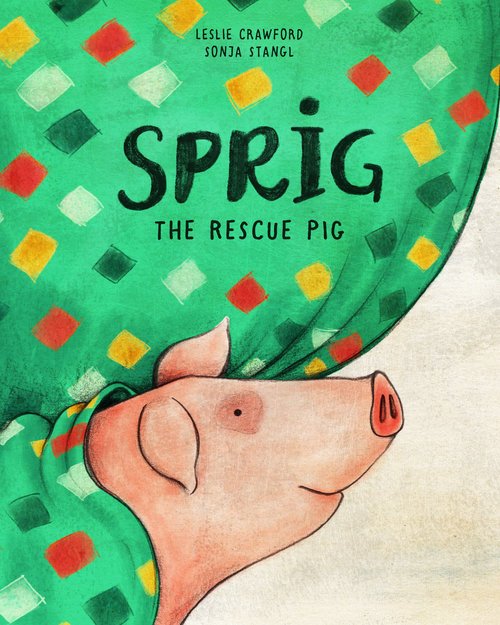The true cost of cheap food
Grocery price tags don’t reflect the true cost of cheap food, and researchers at Rockefeller Institute hope to change that. Tallying up the environment and public health costs of our food system may be an important first step toward a greener, more equitable food system—or that’s the hope, say researchers. (Photo Source: Unsplash)
When we choose the lower-cost eggs, cornflakes, or just about any other food item, we’re usually not taking into account the costs to our health and environment, according to a recent report from the Rockefeller Foundation. One good reason is because the costs are hidden.
In considering what they call “true cost accounting,” or the real cost to society and the environment of producing food, the researchers raise the following questions: If we were aware of the hidden costs of cheap food, would we behave differently as consumers? And are there tangible solutions to the problems outlined in the study?
Toward that end, the researchers determined that while Americans spent $1.1 trillion on food in 2019, the true cost was at least three times higher thanks to biodiversity loss, diet-related disease, and pollution, among other factors.
The Cost to Human Health
Nearly $1.1 trillion of the hidden costs of the food system are health-related. Diet-related diseases, which include but are not limited to hypertension, diabetes, and cancer, accrue costs that fall on individuals and American taxpayers alike.
Another hidden cost: the loss of productivity that comes from “poor metabolic health.” This points to the ways that being overweight or food insecure can limit an individual’s prospects for education and employment.
Possible solutions: Researchers suggest that one way to lower the health costs of cheap food is to spend more on diet-related nutrition programs. They explored this approach through a school meal case study, which concludes that school lunches are “essential for the health and economic stability of communities.” The US school meal program costs $18.7 billion per year to run, but researchers found it provides nearly $40 billion in human health and economic benefits. While just one example, the Rockefeller Foundation makes a case for the value of programs that deliver high-quality nutrition.
Cost to the Environment & Biodiversity
The American food system is a significant driver of greenhouse gasses—recent studies suggest that food systems, including the cost of producing packaging, account for a third of global emissions. The practice of producing, processing, packaging, and transporting food products is also highly water-intensive. Another source of loss: when land is converted into cropland, and replaced with acres of soy or corn, or grazing land, for livestock. When this occurs, native species struggle to compete.
Possible solutions: Rockefeller researchers emphasize the importance of investing in “sustainable production practices and technologies,” but fail to elaborate. Regardless, shifting away from oil and gas and eating both locally and lower on the food chain are among the ways to reduce emissions. And large-scale regenerative agriculture is at least one practice that has the potential to protect soil fertility and biodiversity while sequestering carbon dioxide, according to Regeneration National.
Low-paid workers and agriculture subsidies
The other part of our food system that allows our bread, meat, and eggs to be affordable depends on the fact that meat packers, field workers, factory workers, and waiters aren’t paid very much. The sector is also spotty when it comes to standard employment benefits such as healthcare. And many food workers toil in unsafe conditions; meat packing and processing plants are among the country’s most dangerous places to work.
The other major reason for cheap food is agriculture subsidies. The federal government funnels $16 billion per year on average into subsidies for farmers. According to the American Action Forum, most of this money goes to the “big five”: cotton, corn, soybeans, rice, and wheat. Much of it also goes to support the meat and dairy industry; very little is spent on growing vegetables. .
These concentrated subsidies become problematic because they incentivize the growth of just a few crops, regardless of the actual market demand for them. This further trickles down to the American diet, where Americans consume more than the recommended amount of products, such as corn and corn syrup.
Possible solutions: Creating more government support for producing a broader variety of fruits, vegetables, and alternative proteins, and offering higher wages and a stronger union presence among food service workers.
The Rockefeller researchers are betting that, while it is not easy to change the food system, increasing the visibility of the problems makes change more likely.
Brenna Van Skiver is a Stone Pier Press News Fellow based in Austin, TX.











